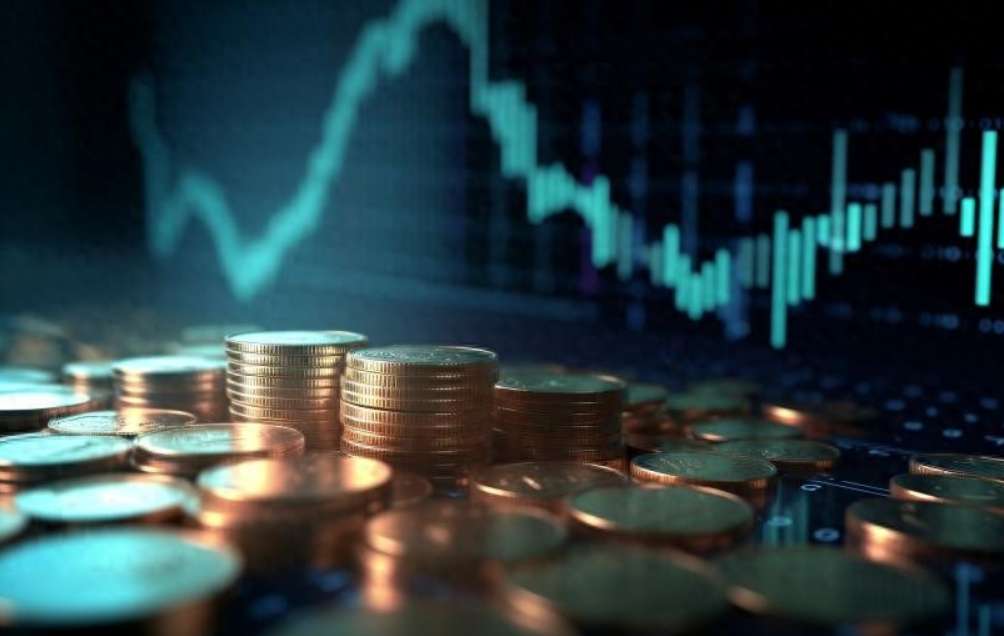Investing in Funds After Losses: A Risk Assessment
Advertisements
The investment landscape for equity funds has become increasingly precarious, leading many investors to feel disillusioned and frustrated. The statistics tell a stark story of volatility and losses that have plagued these fund types over the past few years, and the broader implications for the financial sector and individual investors are significant.
Starting from the beginning of 2021 to September 20 of the same year, the reality for the 507 common stock funds is harrowing, with only 37 of them generating positive returns. This number amounts to a paltry 7.3% success rate, while the average return for these funds stands at a concerning -31.96%, with the median return even lower at -35.37%. In the category of balanced hybrid funds, 1,468 funds were examined; shockingly, a mere 48 funds showed any profitability, representing only 3.27%. Their average returns have sunk to -36.51%, and the median returns are likewise abysmal at -38.72%. Flexibly allocated funds fared slightly better—with 350 out of 1865 funds generating profits—yet still, this only accounts for just under 20%, with average returns nesting at -22.85% and median returns at -25.76%.
Investors are now confronting the stark reality that the risk associated with equity funds is considerably higher than they may have previously understood. The factors behind these dismal performances stem from a variety of complex interactions within the marketplaces. Investors are somewhat at loss, with many feeling that they have lost not only money but also their faith in the management and strategies employed by fund managers. The erosion of confidence has led to an acute situation where countless fund holders are quick to sell or redeem their shares whenever they witness even slight reductions in their losses. This behavior creates a feedback loop that exacerbates market volatility, making equity funds a looming threat to the resilience of the financial sector.
Why are these funds performing so poorly? The addiction to short-term metrics plays a significant role. Fund management companies often prioritize immediate returns in a race to increase assets under management. This fixation on short-term gains frequently leads to exaggerated hold positions in trending stocks across various sectors such as white liquor, new energy, pharmaceuticals, and semiconductors. When investors chase these high-flying sectors and funds achieve stellar returns, managers bask in the limelight, revealing a stark contrast to the present circumstances, where many now grapple with how to change their position amidst falling stock prices in previously revered industries.

The desire to shift portfolio compositions can be hindered when positions are too concentrated, which complicates liquidating assets without significantly impacting their value. Consequently, as stock values decline, fund managers grimly observe their net asset values dwindling day by day. As the financial market matures further, the onus is increasingly on fund managers to embrace the investor experience. The demand for reduced volatility and a higher likelihood of visible returns has never been stronger.
Despite the recent turmoil in the equity fund sector, a prudent financial strategy compels us to maintain a certain allocation to equity funds, regardless of their past performance. When examining long-term financial health, investors must weigh the consequences of abandoning these funds altogether. For instance, consider an individual with 1 million yuan saved in a bank account five years ago that earned an interest rate of 4.18%. At that time, the individual earned approximately 41,800 yuan annually from interest. A downturn in interest rates has since cut these earnings drastically to just 24,000 yuan per annum, a reduction exceeding 40%. To sustain the same level of income, the principal would need to balloon to approximately 1.74 million yuan. Thus, when escalating your principal savings is impractical, diversifying into both high-risk and high-return investment products becomes essential.
This year has seen bond prices soar, primarily as a reaction to diminishing market rates, leading to an observable diversion of savings into bond investments and certain financial products. Investor interest in bank-managed funds has risen, but the sustainability of profits stemming from rising bond prices is suspect; it’s likely we’ll see yield reductions in these products as rates stabilize. Should bond returns diminish, maintaining a reasonable expected rate of return necessitates a renewed emphasis on equity fund allocations.
Shifting perspectives to the longer term, while the past 39 months have yielded disheartening statistics, broadening our perspective to ten years could present a vastly different picture. Historical data indicates that over the past decade, common stock funds, equity-focused mixed funds, and flexible allocation funds have demonstrated median returns of 104.9%, 82.78%, and 75.71%, respectively, with annualized returns of 7.44%, 6.22%, and 5.8%. Such promising returns highlight the potential of equity funds over extended durations, coupling these funds with more stable fixed-income products could strike a responsible balance in one's investment strategy.
Looking ahead, if we manage expectations with fixed-income product yields stabilizing around 2.5%, the corresponding annualized equity fund returns might range from 6% to 7%. To achieve an annualized return of 4%, investors would need to structure their portfolio with approximately 43% in equity funds (yielding 6%) and the remaining 57% in fixed income, or alternatively 34% in equity funds (yielding 7%) aligned with 66% in fixed income investments.
Given that market valuations are presently lower than they were a decade ago, and since the current bear market has persisted for upwards of three and a half years, the possibility of an approaching bull market becomes increasingly tangible. Now appears to be the optimal time to cautiously allocate a minor proportion to equity funds, allowing for the potential of robust returns as the market shifts. However, patience coupled with resilience in the face of expected short-term losses remains paramount for investors aiming to navigate these choppy waters. An unwavering commitment to a long-term investment strategy, despite current disillusionments, may, in the end, yield the journey's rewards.